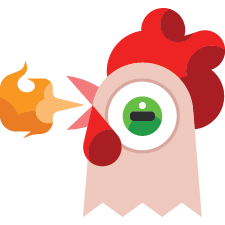Asenna Steam
kirjaudu sisään
|
kieli
简体中文 (yksinkertaistettu kiina)
繁體中文 (perinteinen kiina)
日本語 (japani)
한국어 (korea)
ไทย (thai)
български (bulgaria)
Čeština (tšekki)
Dansk (tanska)
Deutsch (saksa)
English (englanti)
Español – España (espanja – Espanja)
Español – Latinoamérica (espanja – Lat. Am.)
Ελληνικά (kreikka)
Français (ranska)
Italiano (italia)
Bahasa Indonesia (indonesia)
Magyar (unkari)
Nederlands (hollanti)
Norsk (norja)
Polski (puola)
Português (portugali – Portugali)
Português – Brasil (portugali – Brasilia)
Română (romania)
Русский (venäjä)
Svenska (ruotsi)
Türkçe (turkki)
Tiếng Việt (vietnam)
Українська (ukraina)
Ilmoita käännösongelmasta












And don't mention it! Always happy to, hopefully, point at least some attention towards a review that covers important things that I couldn't—and yours is so wonderful that it still deserves the attention regardless, even if it's now buried somewhere in the review section after so much time. Honestly, everyone should be name-dropping you if they want to review SOMA, unless they're prepared to take on the same task that you did!
Thanks for the kind words and for stopping by! Hopefully I'll finish the rest of the series before the year's out.
And well said! I especially agree with this point: >>an element solely there to make the video game more like a video game is what works against it the most.<< Exactly why I felt that dying is immersion breaking. Thank god for safe mode ;) Great review that takes a comprehensive look at the context in which SOMA was made and its place within the horror genre. Lots of interesting insights to ponder, thanks
@Preator No u! Sorry to sidetrack you with another Frictional game, however...
Amazing review for an amazing game. Kudos!